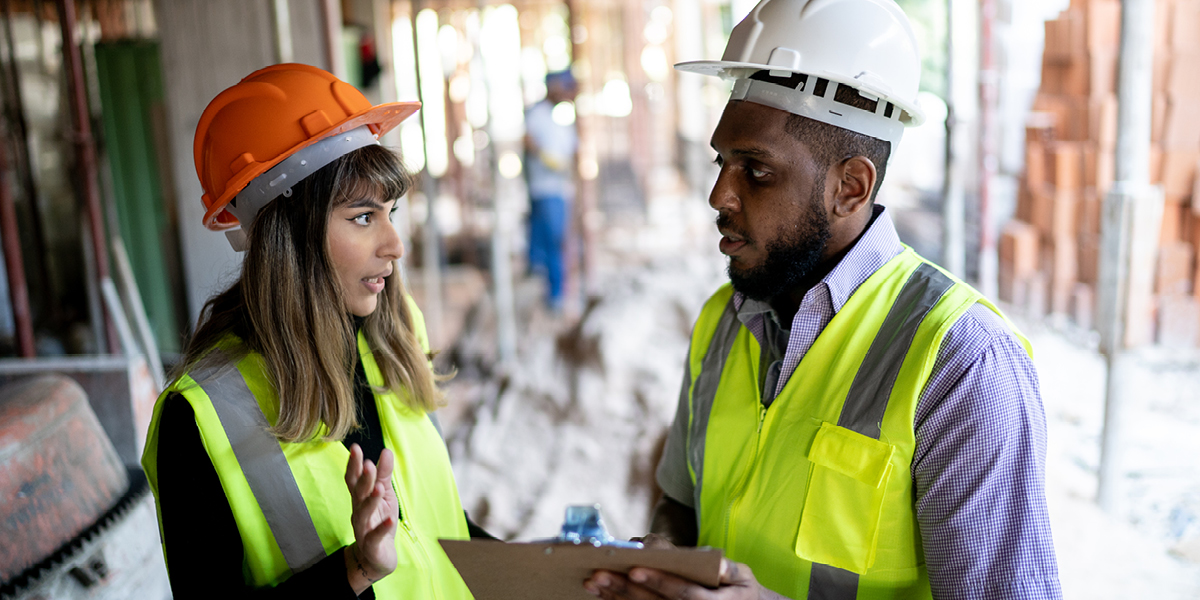According to the University of San Diego Caster Family Center for Nonprofit and Philanthropic Research’s State of Nonprofits report, 62 percent of San Diego nonprofits report annual earnings below $50,000. In addition, more than 50 percent of nonprofit funds come from contributions. This makes many 501(c)(3) organizations vulnerable to economic downturns and a multitude of other variables.
As a result, The San Diego Foundation and Mission Edge are identifying new and innovative ways to bring more financial stability and long term sustainability to the positive work nonprofit organizations provide to strengthen our communities.
Social enterprise utilizes commercial, revenue generating strategies, such as the sale of a product or service, to advance an organization’s social mission and financial sustainability. It is a powerful complement to fundraising and development.
[Tweet “The Value of Social Enterprise – An Interview with Mission Edge #SAILwithMissionEdge”]
Goodwill Industries is a prime example of an effective social enterprise model. It charges customers for products in its retail stores, and the revenue earned is used to support the organization’s social mission of providing job training, employment placement services, and other community programs. This allows Goodwill to diversify its revenue streams and avoid full reliance on donations and grants.
This summer, The San Diego Foundation and Mission Edge are launching the San Diego Accelerator and Impact Lab (SAIL) to help nonprofits in the region learn how to build social enterprise strategies. The San Diego Foundation recently sat down with Mission Edge CEO Ken Davenport to talk about this innovative program.
Interview with Mission Edge CEO Ken Davenport
TSDF: The San Diego Foundation and Mission Edge both have a longstanding history of helping nonprofit organizations grow and adapt to the evolving philanthropic landscape. What will SAIL look like and why is a social enterprise program an effective model to bring to this sector right now?
[pullquote]The San Diego impact sector is ripe with ideas for social enterprise and we plan to help launch these ideas into reality.[/pullquote]
Ken Davenport: There has never been a better time for SAIL. The San Diego impact sector is ripe with ideas for social enterprise and we plan to help launch these ideas into reality. Social enterprise accelerator programs like ours give organizations the opportunity to test assumptions about their customers and market, develop a business canvas that answers essential questions about their products or services, and confirm whether the market will pay for some or all of what they provide. It’s a classic rapid innovation process that is used in business, and it will help organizations develop opportunities to better control and grow their revenue streams.
SAIL includes both a structured 10-week curriculum, as well as customized consulting to help organizations assess opportunities, build a business model, test and validate ideas, and launch or scale their social enterprises. This rapid accelerator-style process encourages organizations to develop profit-generating business strategies that support their bottom line, while still making a positive social impact.
TSDF: Social enterprise is emerging as an effective model in the nonprofit sector, yet not everyone is aware of the benefits. What should organizations and donors know about the strategy to become more involved?
KD: Most nonprofits rely on philanthropy to exist, but we know from our work at Mission Edge that grants and donations are challenging to predict and difficult to sustain. Fundraising is also extremely resource-intensive, and is a significant distraction for leadership. Social enterprise is based on a simple premise: that some people can and will pay for a product or service that adds value to their lives, and that revenue generated from paying customers can also be used to subsidize services for those who cannot afford to pay. By diversifying revenue streams to include at least some earned income, organizations have more control of their destiny and are empowered to do more good.
While not all nonprofits will be a fit for social enterprise, many organizations do have services and knowledge that can be utilized to generate earned revenue. Organizations with an earned revenue stream can offer a more financially viable future, which will better equip an organization to focus on maximizing its impact.
TSDF: As we begin to ramp up SAIL this year, what can nonprofit participants expect regarding the actual steps involved?
KD: SAIL is comprised of five major modules, including business model articulation, pilot design, pilot outcome review and business model validation, business planning and investment preparation. Participants will build relationships with mentors and investors, attend presentations and workshops, and have access to tools and expert advisory services. The program culminates in a final pitch event, connecting SAIL participants with mentors, investors, and potential collaborators within the San Diego community.
Along the way, The San Diego Foundation and Mission Edge will share highlights of the program and its outcomes with the region. Ultimately, we hope to encourage more organizations to begin pursuing this model.
If you are interested in learning more about SAIL, or if you want to support this innovative and impactful program, please contact Mission Edge at info@missionedge.org.




